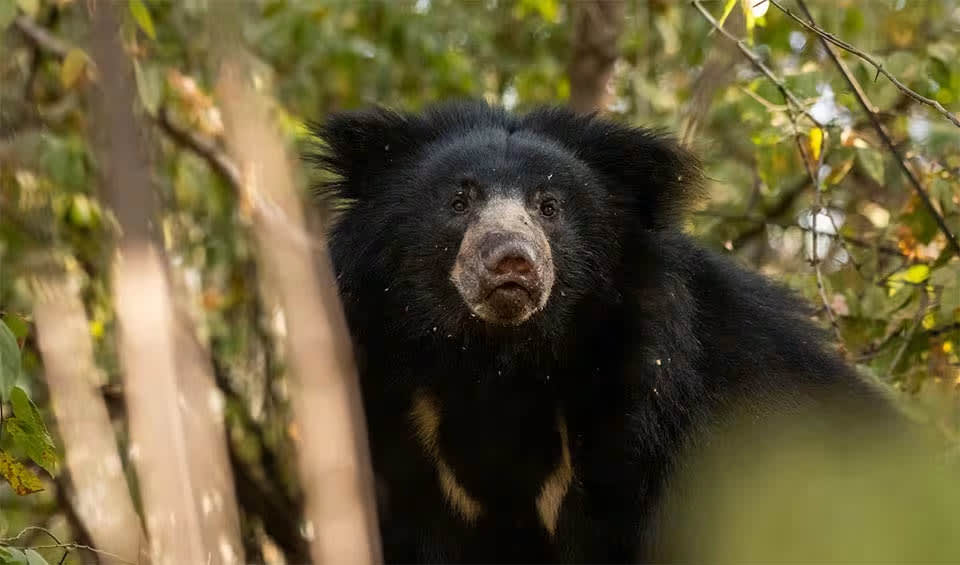Ursidae – Bears
Bears share this family with Giant pandas, that are almost entirely vegetarian
Bears are some of the most recognized and charismatic megafauna on Earth. They’ve ambled through various habitats, from North American forests and Arctic ice fields to Asian mountains and European woodlands.
Bear species vary widely in size and behavior. From the massive Kodiak and polar bears, which can weigh over a thousand kilograms, to the smaller sun bears and Andean bears that are more modest in stature, each species has adapted to the specific demands of their environment. They boast layers of fat and dense fur, allowing them to endure extreme weather conditions, ranging from freezing Arctic cold to the varied climates of temperate regions.
Their physical prowess is impressive. Bears can sprint up to 40 kilometers per hour (25 miles per hour), surpassing even the fastest human athletes in short bursts. This ability is critical for hunting and evading potential threats. Furthermore, bears are adept swimmers and climbers. Species like the North American black bear are often seen scaling trees with ease, while polar bears are known to swim vast distances between ice floes in search of food.
While bears may evoke a sense of fear due to their formidable size and strength, they are typically not aggressive toward humans. They are generally shy, avoiding human contact when possible. However, they do possess a keen sense of smell, with the ability to detect scents over 32 km (20 miles) away, which can lead them to human campsites attracted by the smell of food.
Bears have a specialized structure within their nose that gives them an extraordinary sense of smell, surpassing that of dogs and nearly all other mammals. This acute olfactory sense assists them in locating food, which can range from salmon and small mammals to berries, nuts, and, famously, honey. Indeed, many bear species are fond of sweet foods, including fruits and even sugary human foods, leading to conflicts in areas where their habitats overlap with human populations.
Genera in this family
Genus of the largest land predators, weighing up to 700 kg (1500 pounds)
The fading black and white bears
The smallest of bears is slowly vanishing from tropical forests of Southeast Asia
This ant and termite eater is native to the Indian subcontinent with two subspecies
South America’s only native bear species, living in the Andes mountains






